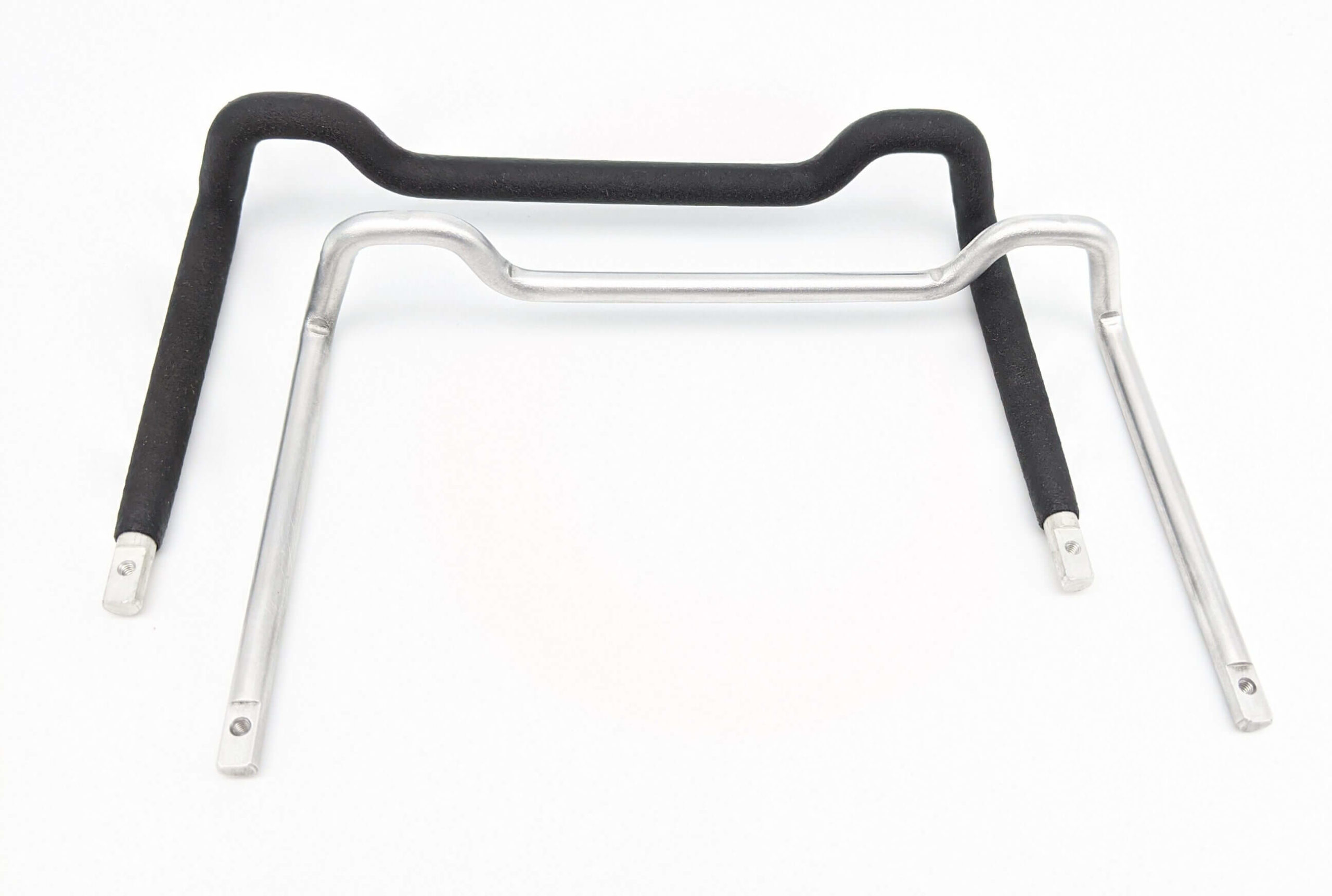Get unique, complex parts easily. No matter your requirements, Chaoyi Spring creates hard-to-produce coil springs and wire forms.
Let us help you create the custom wire form you need, from S-hooks and J-hooks to utility hooks and more.
We work closely with customers across a wide range of industries, helping them design and manufacture made-to-order parts.
Why choose Chaoyi Spring? We prioritize customer-focused collaboration, modern equipment and the latest technology to make your parts per print.
Find the information and guidance you need, from measuring a spring to learning about materials, placing an order and much more.
In the realm of mechanical engineering, springs are ubiquitous, serving as vital components in countless applications. From the simple act of opening a door to the complex workings of a


In the realm of mechanical engineering, springs are ubiquitous, serving as vital components in countless applications. From the simple act of opening a door to the complex workings of a car suspension system, springs play a crucial role in storing and releasing energy. However, not all springs are created equal, and understanding the nuances of their design and function is paramount for optimal performance. Two commonly encountered types of springs are tension springs and torsion springs. While both are designed to provide resistance to force, they operate in fundamentally different ways, each with its unique characteristics and suitability for specific applications. This article delves into the intricate world of tension springs and torsion springs, exploring their distinctions, applications, and the factors that make one type a better choice than the other.

Tension springs, as the name suggests, are designed to resist stretching or extension. Imagine a simple rubber band – as you pull on it, it stretches, storing energy that is released when you let go. Tension springs work on a similar principle. They are typically helical in shape, formed by coiling a wire around a central axis. When a force is applied in the direction of the spring's axis, it elongates, with the amount of extension proportional to the applied force.
These springs are commonly found in a variety of applications, including:
The key advantage of tension springs lies in their ability to provide consistent force over a significant range of extension. This makes them ideal for applications where a constant pulling force is required, such as in door closers or retracting mechanisms.
In contrast to tension springs, torsion springs are designed to resist twisting or torsional forces. Think of a common spring-loaded clothespin – when you squeeze it, you're applying a twisting force. This twisting action is resisted by the spring, which stores the energy and releases it when you let go. Torsion springs are often coiled into a helical shape but, unlike tension springs, they are designed to be twisted around their axis rather than stretched along it.
Some common applications of torsion springs include:
The defining characteristic of torsion springs is their ability to store and release energy through twisting. They are particularly well-suited for applications where rotation or angular movement is required, such as in clock mechanisms, clamps, and certain suspension systems.
The choice between a tension spring and a torsion spring hinges on the specific demands of the application. Consider these factors when making your decision:
For instance, if you need a spring to open and close a door smoothly, a tension spring would be the preferred choice. However, if you're building a clock mechanism, a torsion spring would be more appropriate for winding the hands.
Understanding the differences between tension and torsion springs is crucial for choosing the right spring for your application. Each type offers unique properties, and their effectiveness depends on the specific requirements of the design. By carefully considering the force requirements, movement type, space constraints, and other relevant factors, you can select the optimal spring to ensure the efficiency and reliability of your mechanical system.
Tension springs and torsion springs are both essential components in a wide range of applications. By understanding their distinct characteristics and choosing the appropriate type for each scenario, engineers can optimize system performance, ensure product longevity, and create innovative solutions for a multitude of mechanical challenges.
Browse some of the custom wire forms and springs that we manufacture. Don’t see what you need? We specialize in made-to-order products that meet your application requirements.
Visit Our GalleryNeed a custom wire form or coil spring? We make it work. Fill out the contact form and a representative will respond within 1 business day. If you have a PDF or CAD file, you can submit to request a quote.